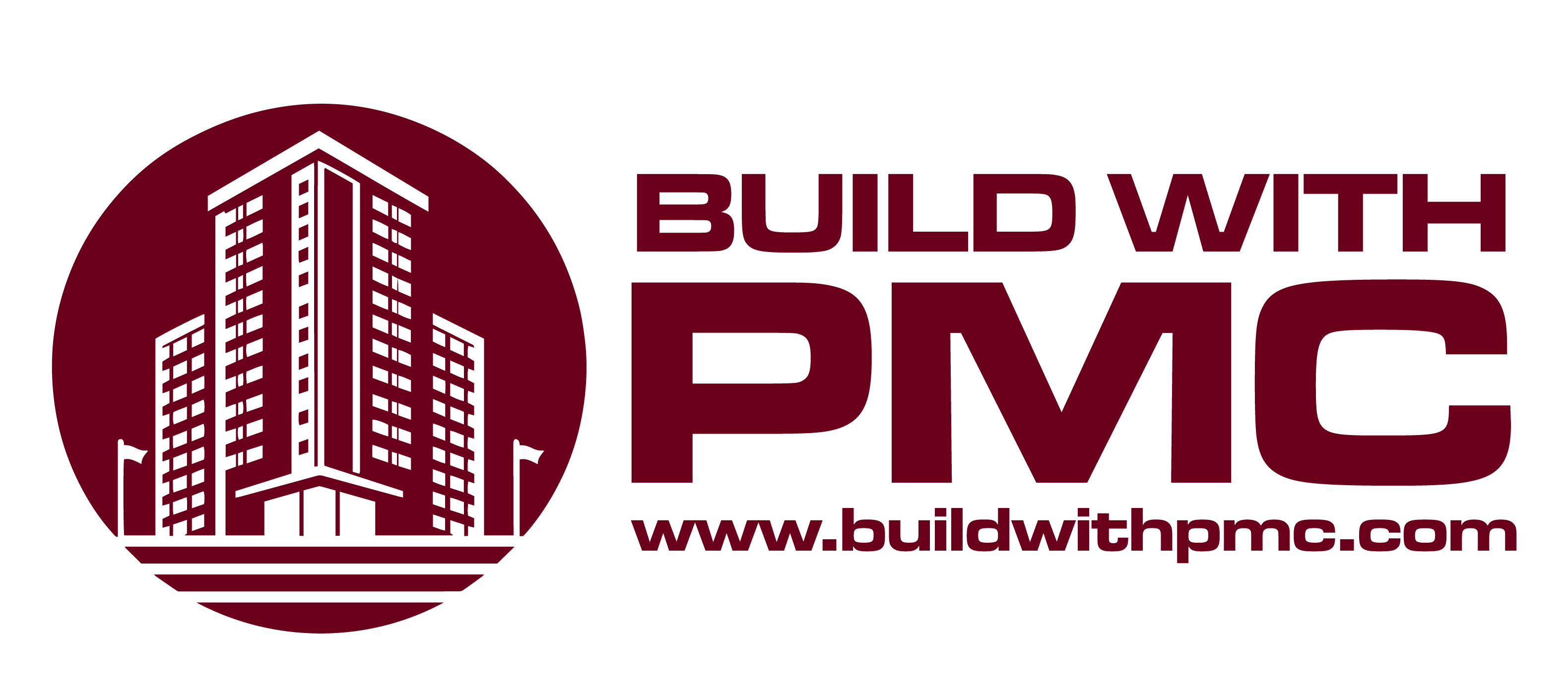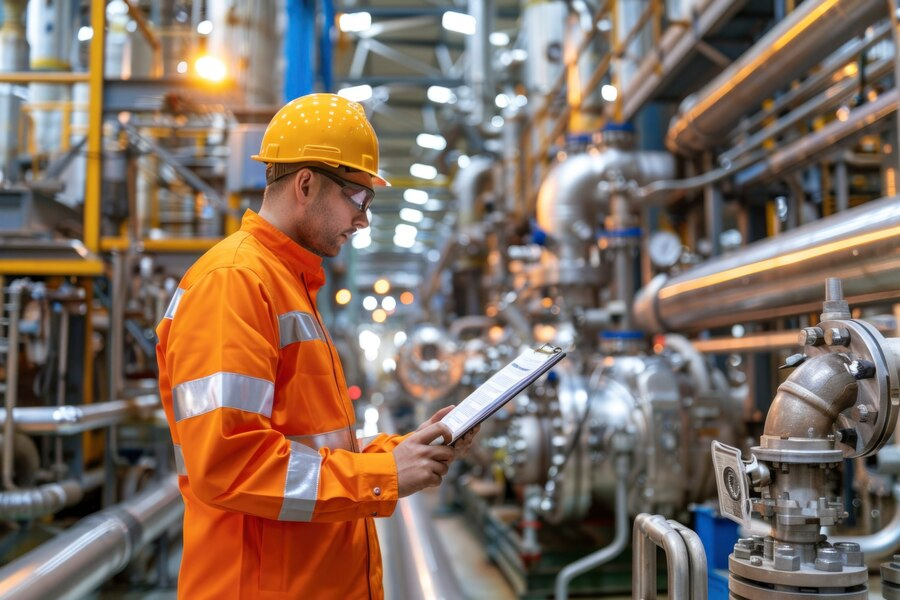In the realm of construction and engineering, structural steel stands as a cornerstone of modern architecture and infrastructure. Its versatility and strength make it a preferred choice for a wide array of building projects, from towering skyscrapers to expansive bridges and industrial facilities. This article delves into the myriad applications and advantages of structural steel, highlighting its role in shaping the built environment.
The Backbone of Modern Construction
Structural steel’s popularity stems from its exceptional properties: high strength-to-weight ratio, durability, and versatility in fabrication. These attributes allow architects and engineers to design structures that are both robust and aesthetically pleasing. From supporting heavy loads over long spans to withstanding extreme weather conditions, structural steel provides the backbone for resilient and sustainable construction.
Structural steel stands as the indisputable backbone of modern construction, defining the skyline of cities worldwide and underpinning the infrastructure that supports our daily lives. Its unrivaled strength, versatility, and sustainability have made it the material of choice for architects, engineers, and builders seeking to create resilient and iconic structures across diverse sectors.
Architectural Flexibility and Design Freedom
One of the defining characteristics of structural steel is its flexibility in design. Unlike traditional building materials, steel can be fabricated into various shapes and sizes, enabling innovative architectural forms and open floor plans. This versatility fosters creativity in design, allowing architects to create iconic landmarks and functional spaces that meet the evolving needs of urban environments.
One of the most compelling aspects of structural steel is its unparalleled architectural flexibility and design freedom. Architects and designers prize steel for its ability to transform conceptual visions into tangible, awe-inspiring structures that define modern skylines and urban landscapes. Here’s a deeper exploration into how structural steel empowers creativity and innovation in architectural design:
Sustainable Building Practices
In an era of heightened environmental awareness, structural steel offers sustainable building solutions. It is highly recyclable, with a significant portion of new steel production coming from recycled materials. Prefabrication techniques minimize construction waste and reduce on-site labor, contributing to efficient project timelines and lower environmental impact. Additionally, steel’s durability ensures long-term structural integrity, reducing maintenance costs and lifecycle environmental impact.

One of the foremost sustainable attributes of structural steel is its high recyclability. Steel is one of the most recycled materials globally, with a recycling rate that exceeds 90%. At the end of a building’s life cycle, steel components can be easily reclaimed, recycled, and reused in new construction projects without compromising quality or performance. This closed-loop recycling process conserves natural resources, reduces landfill waste, and minimizes energy consumption associated with steel production.
Structural Steel in Iconic Projects
Structural steel has played a pivotal role in some of the world’s most iconic construction projects. From the sleek profiles of skyscrapers like the Empire State Building to the intricate frameworks of suspension bridges such as the Golden Gate Bridge, steel’s strength and reliability have enabled engineering feats that shape urban skylines and connect communities worldwide.
Structural steel’s ability to support immense vertical loads has made it indispensable in the construction of skyscrapers that punctuate city skylines. Iconic structures like the Empire State Building in New York City and the Willis Tower in Chicago showcase steel’s strength and durability, allowing for soaring heights and open interior spaces that maximize usable floor area. Steel’s flexibility in design also facilitates the creation of distinctive silhouettes and architectural features that contribute to the identity of urban landmarks.
Advancements in Steel Technology
Advancements in steel technology continue to expand the boundaries of what is achievable in construction. High-performance coatings protect against corrosion and enhance durability, extending the lifespan of steel structures in harsh environments. Advanced fabrication methods, such as computer-aided design (CAD) and Building Information Modeling (BIM), streamline the construction process and improve accuracy in assembly.
Future Directions and Innovation
Looking ahead, structural steel remains at the forefront of innovation in construction. Emerging technologies like 3D printing and robotic assembly promise to revolutionize fabrication techniques, enabling faster construction and greater design complexity. Integration with smart technologies will enhance the monitoring and maintenance of steel structures, ensuring optimal performance and resilience against natural disasters and climate change impacts.
Conclusion
Structural steel continues to redefine the possibilities of modern construction, offering unparalleled strength, flexibility, and sustainability. Its adaptability in design, combined with advancements in technology and manufacturing, ensures that steel will remain a cornerstone of architectural innovation and infrastructure development for years to come. Understanding the versatility and enduring benefits of structural steel underscores its essential role in shaping the future of the built environment. For inquiries about integrating structural steel into your next construction project, contact us at PMC Inc, located at 14563 Manzanita Dr, Fontana, CA 92335, Southern California.




